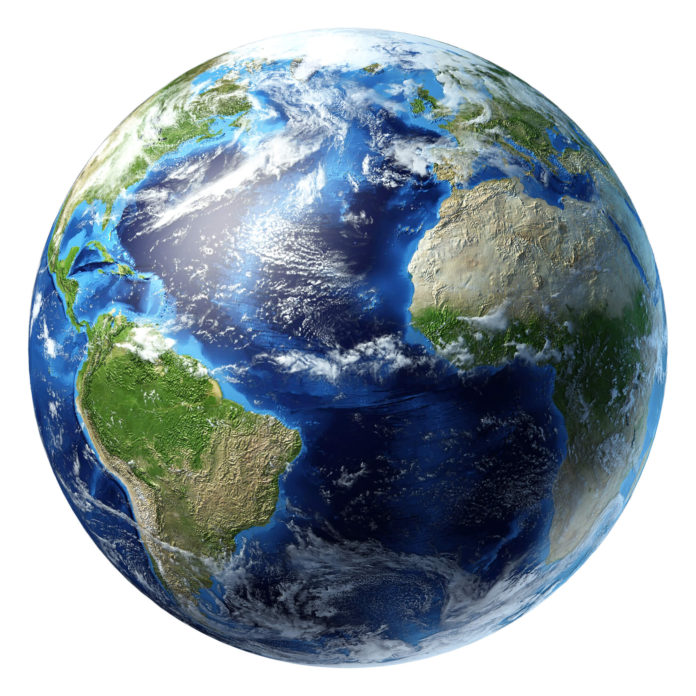Almost every day a new study is being revealed about something new that’s been discovered in the sky or on a nearby planet, but very little is ever reported about what’s under the ground below us. And for that reason, we know a lot less in this area.
However, a new study conducted by geoscientists at the University of Colorado Boulder hopes to change that as they shine a light on the way in which rainfall shapes a part of our planet beyond what we can see.
On Earth, to find the hard rock on the ground surface is rare as it’s often hidden by a layer of vegetation, soil, and other debris that’s been aptly named by scientists as the “critical zone.” The main role of the critical zone is to control how groundwater is stored and the way in which it’s released into streams.
Groundwater is an essential part of our existence. It’s used in both industry and agriculture, and without it, we would suffer immensely. And while most of us in developed countries have an abundance of groundwater available to us, it’s not passive, and reacts with various rocks along its travels, transforming both the rock itself and the nutrient and mineral content of the water.
The new study involved examining the differences between the Boulder Creek Critical Zone Observatory (CZO) in the Colorado Front Range, and the Calhoun CZO in the South Carolina piedmont. In the former, fresh rock lies just below the surface whereas in the latter, fresh rock is found much further down below the surface. In terms of soil color, the Colorado CZO is a grayish brown, whereas the soil at the South Carolina CZO is a deep red.
One of the main goals of the study was to figure out and explain why these differences occur and the area they decided to focus on to help them do that was the weather. In order for the team to test whether rainfall could explain the many differences of weathering, the researchers tracked it as it seeped through the landscape.
“Weathering of bedrock may be the most important geologic process since it produces the soil we depend on for our existence,” says the director of the NSF Critical Zone Observatories program, Richard Yuretich.
The study revealed that in Colorado, the critical zones formed under dry conditions, whereas in South Carolina, they form under wet conditions. And the model created by the team successfully depicted that.
“Being able to predict these patterns of weathering puts us in a position to understand things we care about, from water supplies maintaining healthy soils,” says Suzanne Anderson, a fellow of CU Boulder’s Institute of Arctic and Alpine Research (INSTARR).

